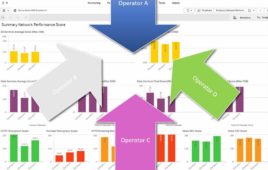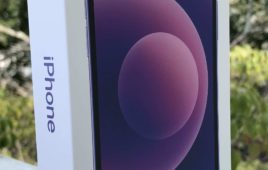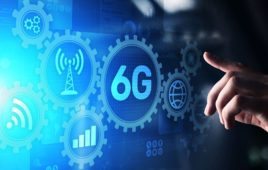U.S. Cellular is selling five top midwest markets including Chicago and St. Louis to Sprint for $480 million as it continues to fall further behind national competitors.
The regional wireless provider announced the sale during its third quarter earnings this morning, when it continued a multi-quarter trend of losing money-making postpaid customers and gaining less profitable prepaid customers.
“Exiting these markets enables us to play to our strengths in markets where we have higher penetration and where we can effectively sharpen our proven strategy to differentiate the U.S. Cellular customer experience from other wireless carriers,” U.S. Cellular President and CEO Mary Dillion said in a statement.
Sprint will acquire most of U.S. Cellular’s PCS spectrum and about 585,000 subscribers in Illinois, Indiana, Michigan and Ohio. The markets ran into operating losses as expenses outpaced $340 million in service revenues over the first nine months of this year.
The sale gives Sprint about 10 percent of U.S. Cellular’s current customer base, leaving it with 5.2 million customers after the deal’s expected close in mid-2013.
U.S. Cellular said it would retain its 560 cell towers and other spectrum holdings in the markets, and did not say the lower 700 MHz A block spectrum that runs its LTE network would be part of the deal.
Sprint uses PCS spectrum for its own LTE service, not the 700 MHz block. The arrangement with U.S. Cellular nets Sprint 20 MHz of PCS spectrum in markets including Chicago and Champaign, Ill., as well as South Bend, Ind., in addition to 10 MHz in the St. Louis market.
“Acquiring this spectrum will significantly increase Sprint’s network capacity and improve the customer experience in several important Midwest markets including Chicago and St. Louis,” Sprint CEO Dan Hesse said in a statement.
Sprint recently boosted its weakened capital reserves with the sale of a $3.1 billion convertible bond to Softbank, part of the Japanese operator’s $20.1 billion takeover bid. Analysts said the cash put Sprint in a better position to make major purchases.
Sprint will pay U.S. Cellular to operate the network, retail stores and provide billing and customer service during a transition period that could extend as long as two years from the close of the transaction.
Other details of the transaction include the fate of U.S. Cellular’s customer care center in Bolingbrook, Ill. The facility will be handed over to an unnamed “existing vendor partner” at the beginning of next year, saving U.S. Cellular mroe than $3 million in annual facilities expenses beginning in 2014.
U.S. Cellular has more than 1,400 employees in the Chicago area and surrounding suburbs. These workers could be hard hit by layoffs following the transition period, as “the majority of the company’s retail, engineering and business support associates in these markets will not be retained.”
U.S. Cellular’s struggles were apparent in its quarterly results, when profits fell 43 percent over last year to $35.5 million and service revenues stayed flat at $1.03 billion. An expected rise in fourth quarter expenses prompted the company to lower its full-year forecast for operating income to between $200 million and $250 million, from its previously estimated range of between $200 million and $300 million.
Customer numbers swung into the red on strong prepaid numbers after several sequential declines. Net adds of prepaid customers soared to 57,000 on U.S. Cellular’s expansion into Walmart stores, offsetting the loss of 38,000 postpaid subscribers. The operator ended September with 5.8 million customers, 124,000 less than it had during the same period last year.
Postpaid churn ticked up two-tenths of a percentage point to 1.7 percent.
Despite the increasing numbers of less lucrative prepaid users in its customer base, total ARPU managed to rise to $59.57, from $58.09 last year, as more customers moved to more expensive smartphone plans. The number includes retail service, inbound roaming and other service revenues. Billed ARPU, calculated by dividing total retail service revenues by the number of months in the period and by the average total customers, was $50.83.
Nearly 39 percent of U.S. Cellular’s customers now use smartphones, up from 26 percent last year.




